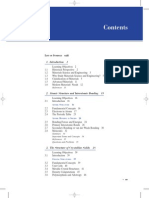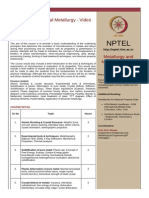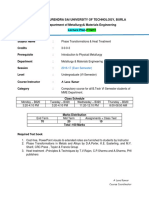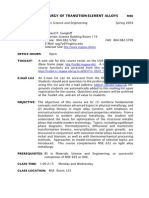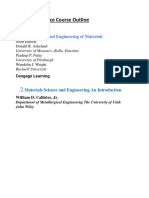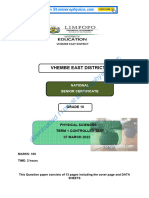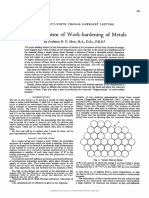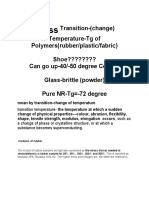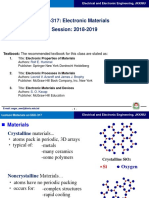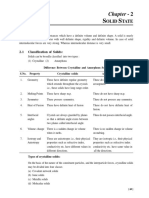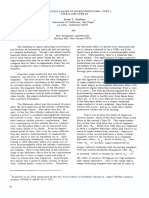0% found this document useful (0 votes)
7 views2 pagesCourse Outline
The document outlines the course MME 6702 Physical Metallurgy Principles at Bangladesh University of Engineering and Technology for the October 2024 semester, focusing on the relationship between the structure and properties of metals. It includes course objectives, content, outcomes, and assessment strategies, emphasizing atomic bonding, crystal structures, phase diagrams, and phase transformations. The course is designed for MSc students in Materials Science and requires prior knowledge of material science fundamentals.
Uploaded by
Sukanto BiswasCopyright
© © All Rights Reserved
We take content rights seriously. If you suspect this is your content, claim it here.
Available Formats
Download as PDF, TXT or read online on Scribd
0% found this document useful (0 votes)
7 views2 pagesCourse Outline
The document outlines the course MME 6702 Physical Metallurgy Principles at Bangladesh University of Engineering and Technology for the October 2024 semester, focusing on the relationship between the structure and properties of metals. It includes course objectives, content, outcomes, and assessment strategies, emphasizing atomic bonding, crystal structures, phase diagrams, and phase transformations. The course is designed for MSc students in Materials Science and requires prior knowledge of material science fundamentals.
Uploaded by
Sukanto BiswasCopyright
© © All Rights Reserved
We take content rights seriously. If you suspect this is your content, claim it here.
Available Formats
Download as PDF, TXT or read online on Scribd
/ 2









